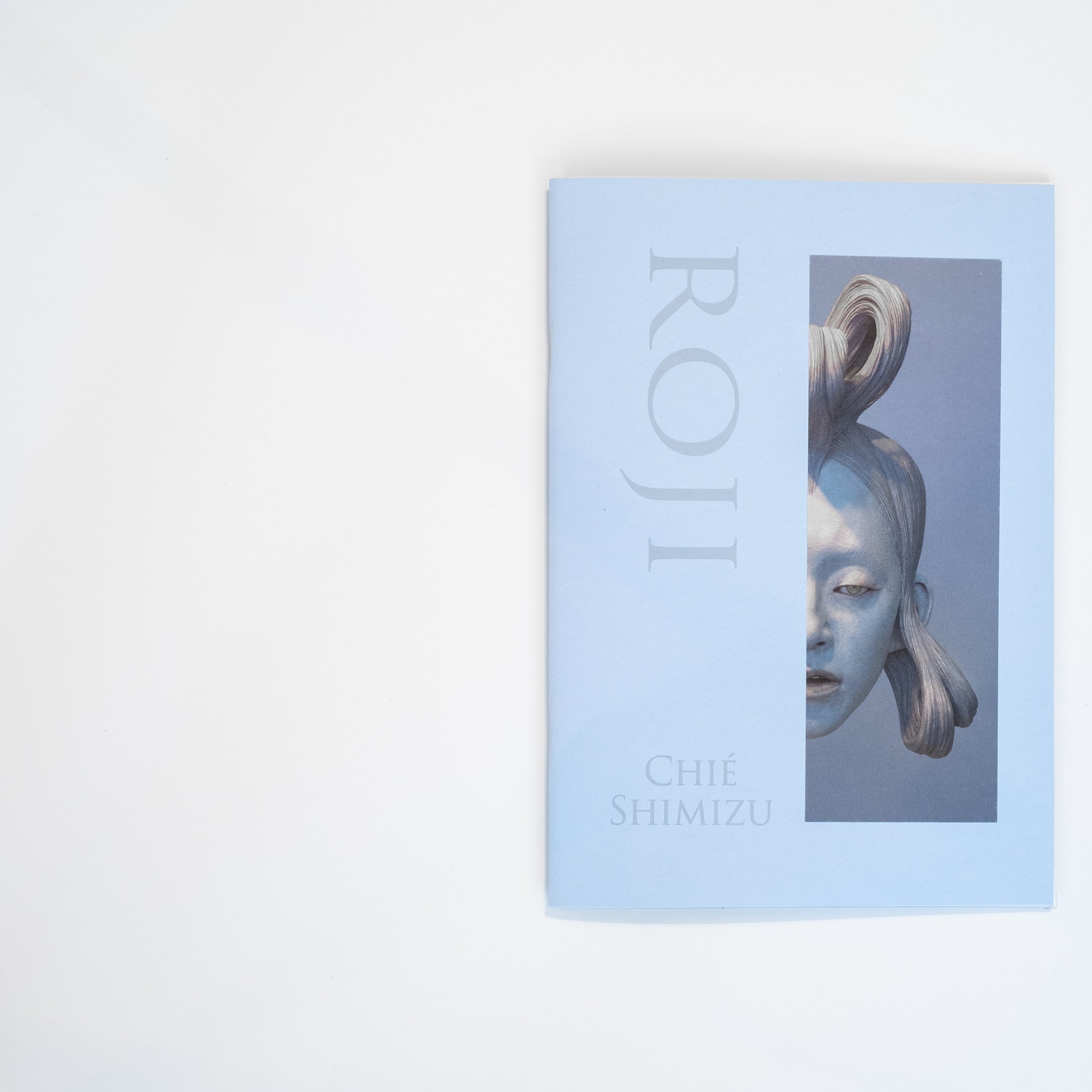 Image 1 of 6
Image 1 of 6

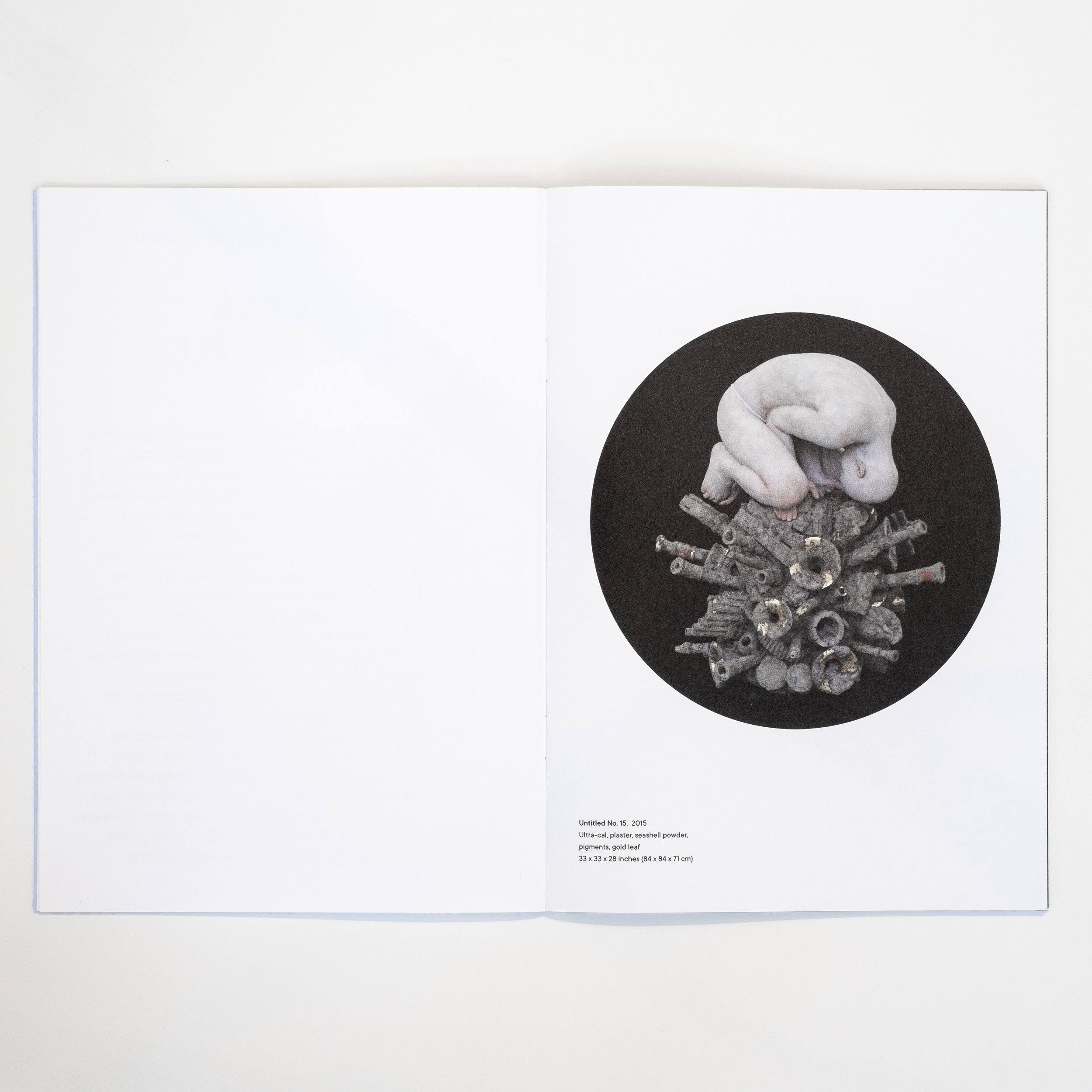 Image 2 of 6
Image 2 of 6

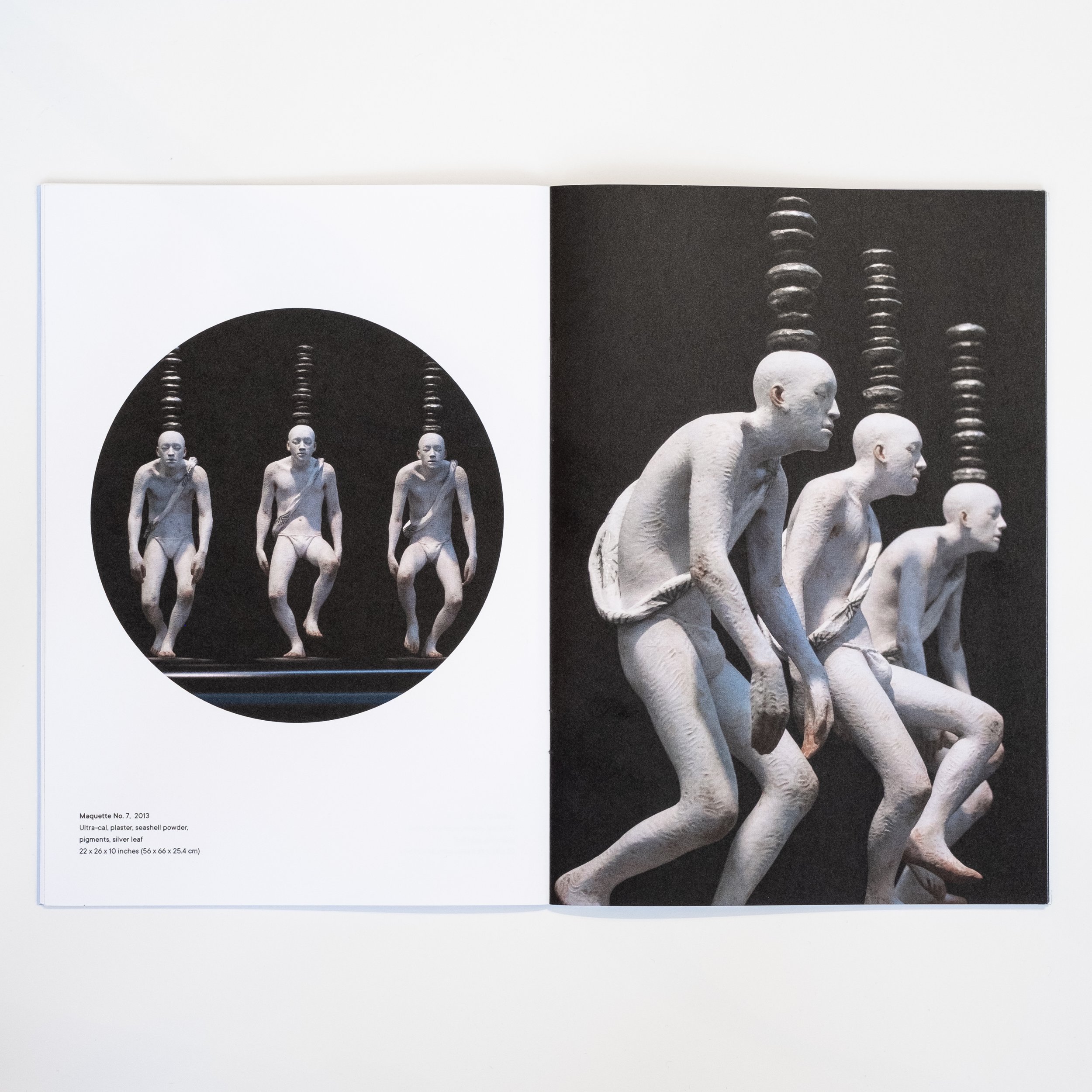 Image 3 of 6
Image 3 of 6

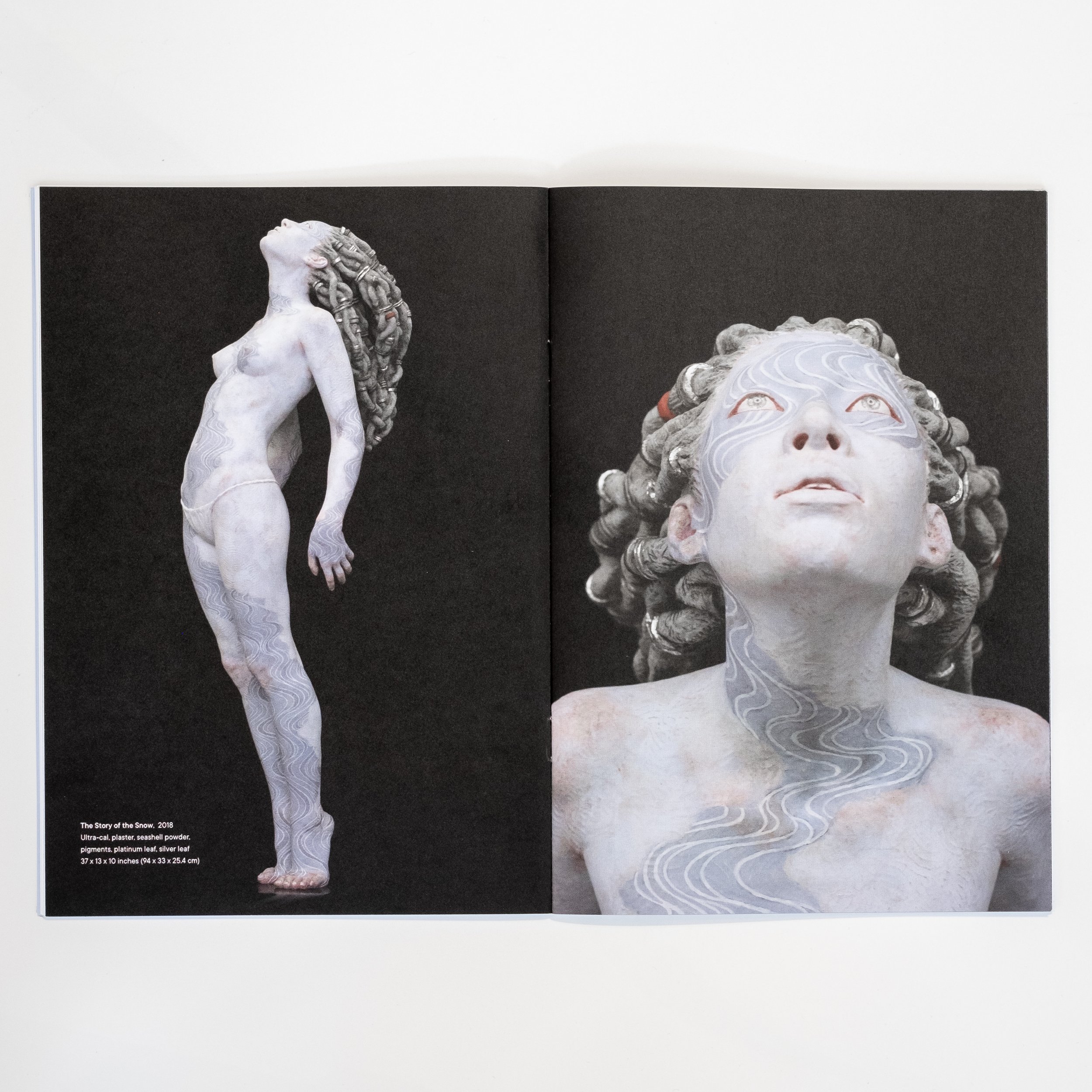 Image 4 of 6
Image 4 of 6

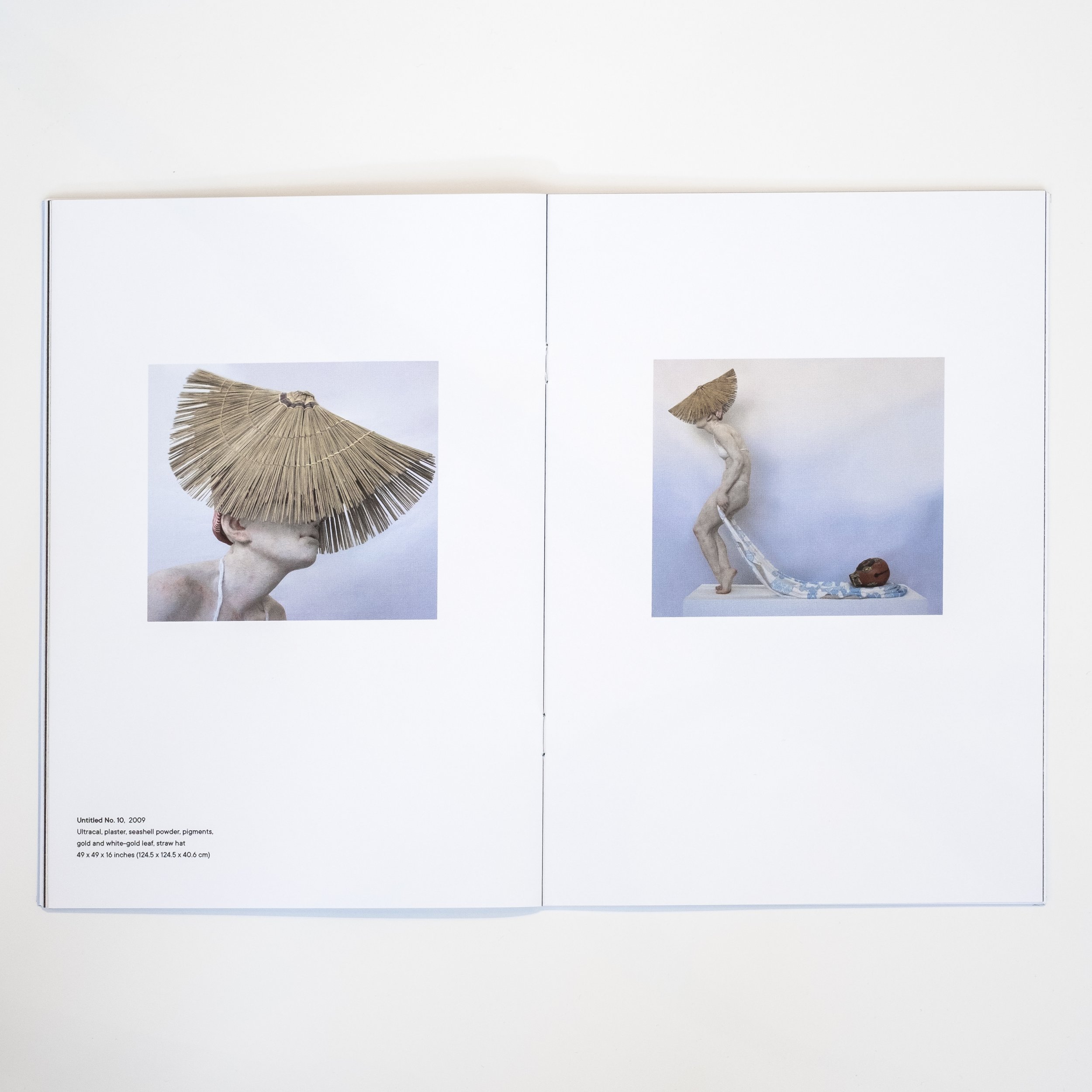 Image 5 of 6
Image 5 of 6

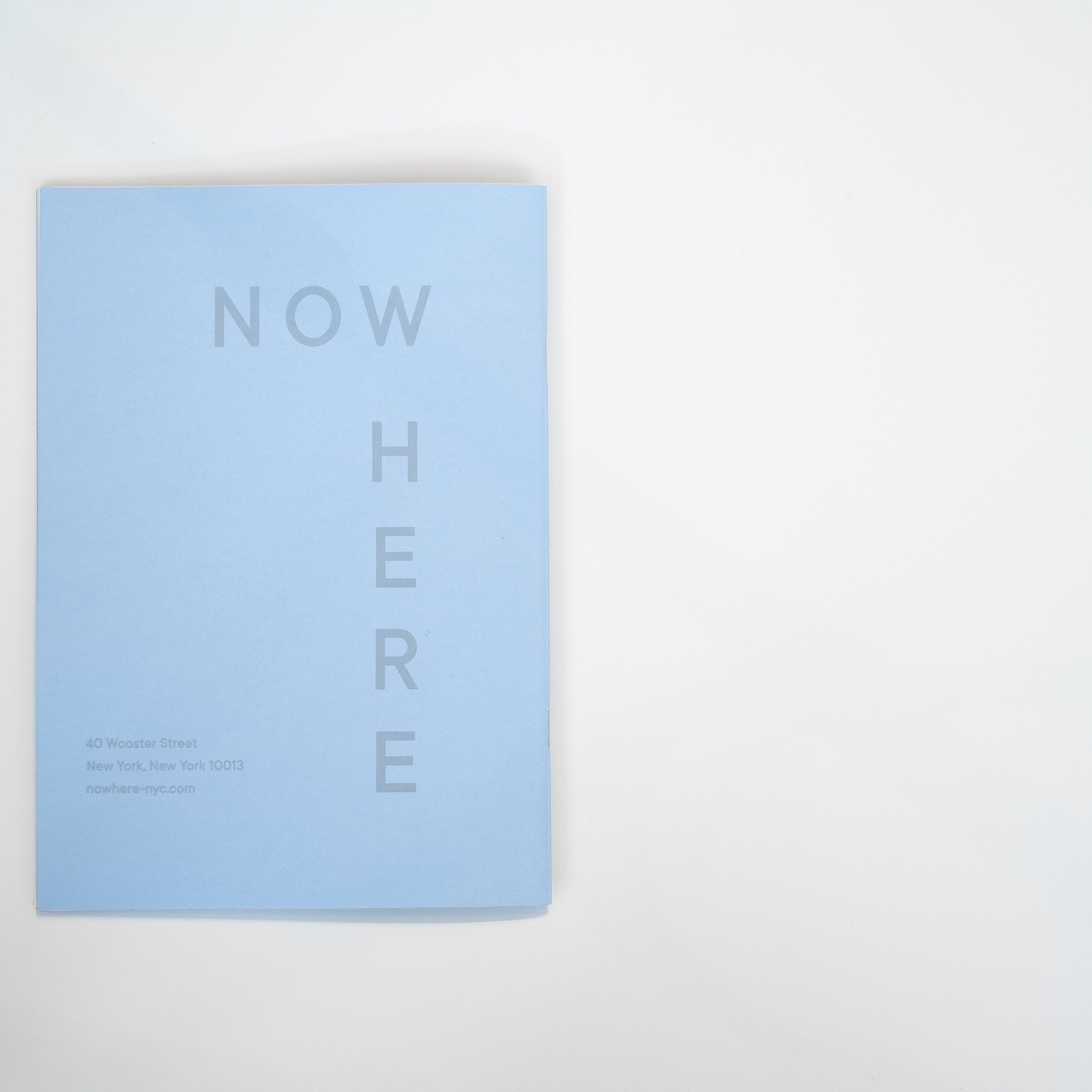 Image 6 of 6
Image 6 of 6







Chie Shimizu | Roji
Not Available
The Japanese-born, New York-based artist Chié Shimizu has taken her inspiration for this exhibition from the roji, with which it shares its name. “In the late 16th century,” Shimizu says, “Sen no Rikyū perfected the style of the tea ceremony, preached the importance of the roji, and established the tea garden with the serenity of a hidden valley in the mountains, a place where the commotion of the city is left behind so that the true nature of human beings or objects themselves can exist there.”
.: 32 pages
.: 6 x 8.5 inches
Not Available
The Japanese-born, New York-based artist Chié Shimizu has taken her inspiration for this exhibition from the roji, with which it shares its name. “In the late 16th century,” Shimizu says, “Sen no Rikyū perfected the style of the tea ceremony, preached the importance of the roji, and established the tea garden with the serenity of a hidden valley in the mountains, a place where the commotion of the city is left behind so that the true nature of human beings or objects themselves can exist there.”
.: 32 pages
.: 6 x 8.5 inches
Not Available
The Japanese-born, New York-based artist Chié Shimizu has taken her inspiration for this exhibition from the roji, with which it shares its name. “In the late 16th century,” Shimizu says, “Sen no Rikyū perfected the style of the tea ceremony, preached the importance of the roji, and established the tea garden with the serenity of a hidden valley in the mountains, a place where the commotion of the city is left behind so that the true nature of human beings or objects themselves can exist there.”
.: 32 pages
.: 6 x 8.5 inches

